California Drought Invites Scrutiny of Bottled Water, Fracking
A vortex of attention swirls around industrial activity that does not consume much water.
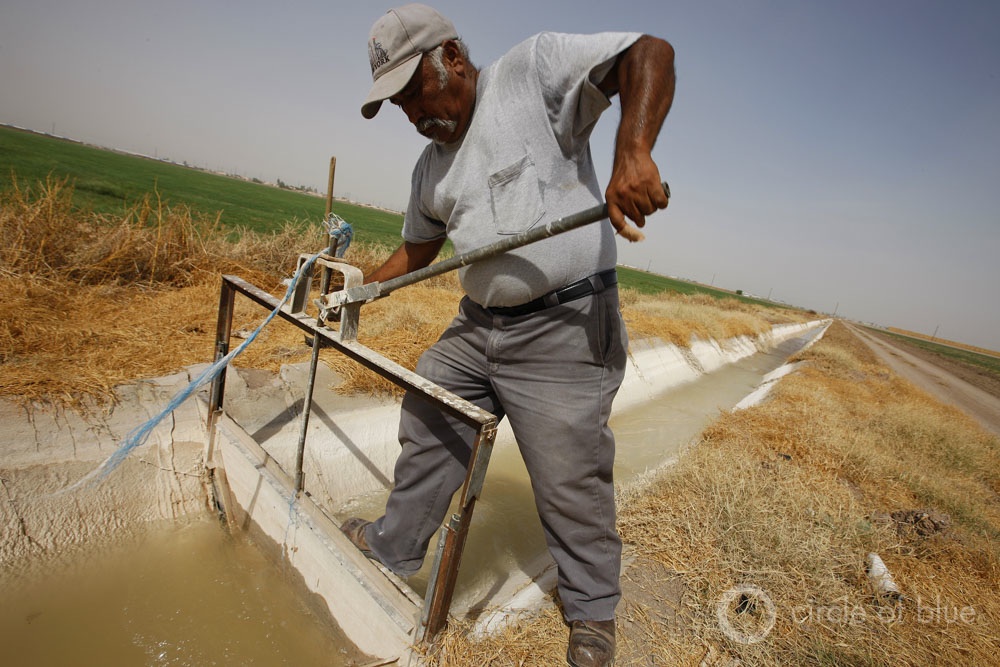
To the delight of Sacramento’s Department of Utilities, Nestle Waters North America in 2010 opened a bottling plant in the California capital, the newest of five plants the company operates in the state. The Sacramento plant pays roughly $US 66,000 to the utility for the 190,000 cubic meters (50 million gallons) it consumes annually. It is one of 108 water bottling plants licensed by California to serve the on-the-go hydration needs of 39 million residents.
None of those other plants, though, has come under the sort of civic scrutiny reserved for the Nestle Waters Sacramento plant. Northern California residents opposed to bottled water and to Nestle are leveraging California’s dry condition to argue that 50 million gallons is a wasteful use of a scarce public resource. Last month protestors blockaded entrances and delivery points at the Sacramento bottling plant and shut the facility for a day.
Plainly, the California drought is pushing the take-it-for-granted era of unlimited access to fresh water into very new terrain. From San Diego to Arcata, water scarcity is introducing new ideas in California about water use that are wrapped in issues of accountability, transparency, and ideology.
Golf courses, swimming pools, car washes, green lawns, desalination plants, strawberry fields, almond orchards, toilet flushes, and daily showers have already been taken up in the accelerating vortex of state attention to water consumption. The Nestle Waters protest — as well as a similar opposition campaign directed at the 265,000 cubic meters (70 million gallons) of water consumed in 2014 for hydraulic fracturing to develop California’s oil reserves — add a new dimension to the state discussion about who’s using water and how much.
Nestle Operations Disputed
Nestle Waters’ critics, part of a national campaign that opposes the company’s North American operations, may have ample reason to be concerned about the increase in roadside litter and solid waste headaches from disposing plastic water bottles. There are legitimate questions to be raised about reselling water taken from a municipal tap.
There are also good questions to be raised about the company’s belligerence and business strategy. In Michigan, for instance, the company’s drain on a sensitive spring to supply water to a state-subsidized bottling plant caused such public disgust at the turn of the 21st century that it galvanized a two-nation agreement to prevent diversions of fresh water out of the Great Lakes basin.

Yet when considering the Sacramento plant’s yearly draw on the city’s water supply, 50 million gallons is inconsequential. It’s equal to the amount of water applied to California golf courses in four hours. It’s equivalent to what 340 average four-person California families use in a year.
Fifty million gallons is just 7.5 percent of the 704 million gallons of fresh water that California regulators permit the state’s newest solar thermal electrical generating plant to use in a year. If Sacramento’s nearly 500,000 residents took five fewer showers a year, that would save 50 million gallons of water.
Opening in Policy
Still, the attention that Nestle has attracted to its water consumption in Sacramento is producing a critical opening for new public policy and water management. The protest is putting pressure on state legislators and water managers to offer much more transparency in publicly disclosing water consumption data.
Until protestors focused on Nestle Waters and compelled disclosure on water use, data on the bottling plant’s water consumption was held solely by the company and the municipal water supplier. The authority to keep such data out of the public domain was made possible by a change in 1997 in California’s Public Records Act. The amendment allowed water suppliers, as a matter of “public interest,” to keep data about water consumption data confidential for their industrial, institutional, and commercial water customers.
Late this month, an editorial in the influential Sacramento Bee newspaper called for the law to be changed again to provide more disclosure in water use.
“Wouldn’t it encourage conservation if Californians knew who the biggest users are, and whether they’re cutting back?” asked the Bee’s editors. “Wouldn’t it let us judge whether the water-saving burden is being spread fairly? While intended to protect individual privacy, the 1997 change in the Public Records Act went too far. Legislators ought to fix it, at least by requiring disclosure of usage by industrial, institutional and commercial customers that don’t need the same level of confidentiality.”
Fracking and Water Use
Along with attention to bottled water, the dismay expressed by some Californians opposed to water use for fracking also is taking unexpected turns. No doubt, 70 million gallons of water consumed each year to frack oil wells in California’s San Joaquin Valley seems like a big number.
It’s not. According to a January study by the California Council on Science and Technology, a unit of the Lawrence Berkeley National Laboratory, state oil producers are the most efficient users of water for fracking in the country. About one-fifth of Calfornia’s oil production over the last decade came from fracked oil wells that typically use 530 cubic meters (140,000 gallons) of water to do the job.
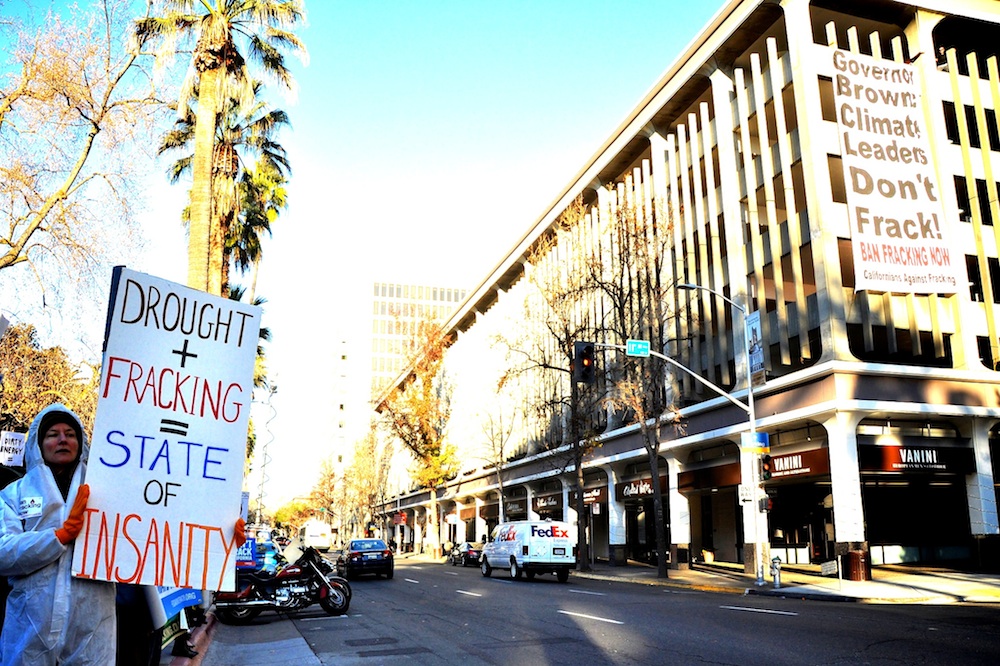
That’s just about the same amount of water that a family of four in California uses in a year. It’s also three percent of the 15,000 cubic meters (4 million gallons) of water typically used to frack oil wells in Texas, according to the study.
“Hydraulic fracturing uses a relatively small amount of water — the equivalent of 514 households annually,” Steven Bohlen, California’s oil and gas supervisor, told Reuters earlier this year.
Just as in the public dispute about bottled water and Nestle, critics of fracking in California also bring an array of legitimate grievances to the table. Foremost is the haphazard management and disposal of wastewater from the oil industry, which brought more than 492 million cubic meters (130 billion gallons) of salty, chemical-laced water to the surface in 2013 during drilling operations. California lawmakers and regulators are responding to public pressure to exercise tighter control over the industry.
California officials, for instance, ordered an emergency shutdown of 11 oil and gas waste injection sites in Kern County last year because of concern fracking wastewater injected underground was contaminating drinking water reserves.
California legislators last year also approved a statute that requires oil producers to report the sources of water used in all oil and gas extraction, and where wastewater is disposed. The first report is due to state authorities on April 30 and will be made public later this year, said Bohlen.
Better Toilets
Yet in the case to halt fracking, the use of 70 million gallons annually may not be the strongest argument. That volume of water amounts to foregoing one toilet flush annually for half the state’s 39 million residents.
According to the California Energy Commission, in 2014 “there were more than 45 million faucets, 30 million toilets, and 1 million urinals” in California that consume “about 443 billion gallons of water a year.”
So much more water is used in California bathrooms than in bottling water or in fracking that earlier this month the state Energy Commission introduced new standards for the installation of more water-efficient fixtures that could save 105 billion gallons of water a year. Now you’re starting to talk about really conserving water.
Circle of Blue’s senior editor and chief correspondent based in Traverse City, Michigan. He has reported on the contest for energy, food, and water in the era of climate change from six continents. Contact
Keith Schneider
Leave a Reply
Want to join the discussion?Feel free to contribute!
Leave a Reply

 California Water Restrictions Still Target Lawns
California Water Restrictions Still Target Lawns
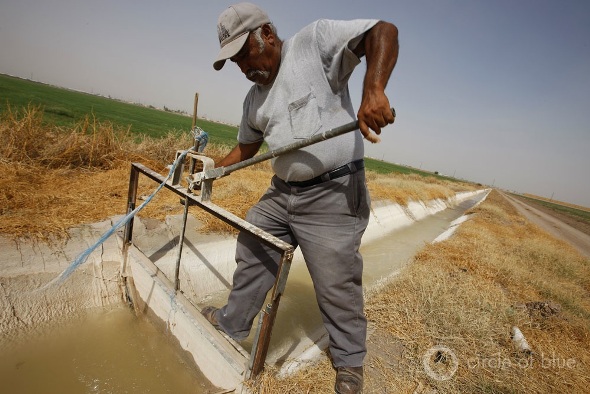

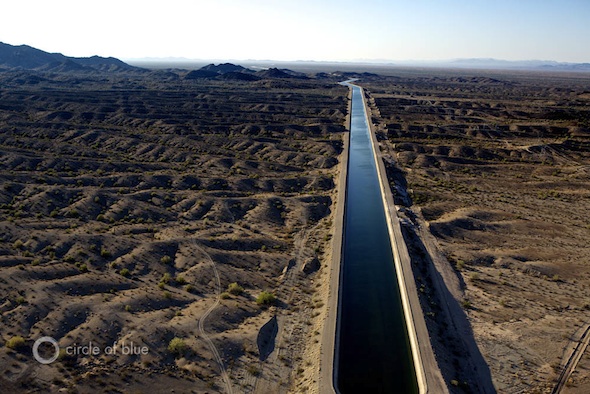
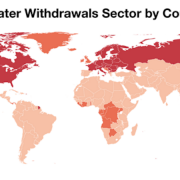
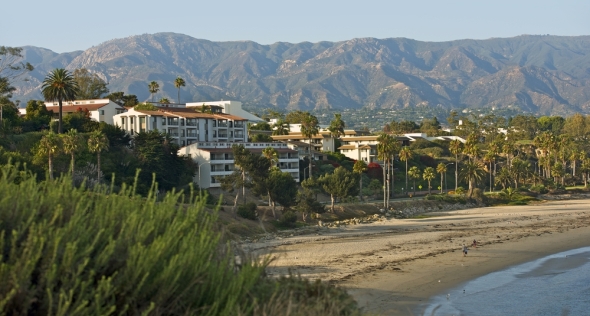
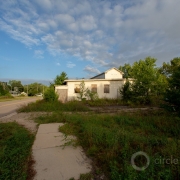
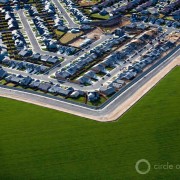

So what happens if Nestlés is shut down? How much water is saved? I am guessing all the water they sell is consumed. If they are shut down people will not drink less water they will drink it from another source. That doesn’t sound like it saves much water to me. But if people simply fill a bottle from the tap they will certainly save a lot of money. A pint of tap water costs less than 0.1 cent. A pint of bottled water can be as much as $4 at the ballpark.
I recently chatted with a neighbor who was proud of his water savings. He no longer drank water from the tap. He only drank bottled water. I started to explain the waste involved with bottled water but quickly realized he wasn’t listening. Pick your battles.
I have heard that it requires 5 gallons of water to process every 1 gallon bottled. Is this true? Is that water of any real value? If farmers are forced to consider the value of the water used, shouldn’t we ask manufacturers to do the same?
Good question. I had to look it up. It’s generally true:
The Pacific Institute estimates that in 2006:
Producing the bottles for American consumption required the equivalent of more than
17 million barrels of oil, not including the energy for transportation
Bottling water produced more than 2.5 million tons of carbon dioxide
It took 3 liters of water to produce 1 liter of bottled water
http://pacinst.org/publication/bottled-water-and-energy-a-fact-sheet/
Researchers have calculated that the energy required to produce bottled water is up to 2,000 times more than the energy required to produce tap water.
http://phys.org/news/2009-03-energy-bottle.html
I always thought I will not live long enough to see the days, which there was NO WATER LEFT, but that day came along much sooner, and a lot faster (I am only 55, and the scientists 20 years ago, were predicting these event, will be seen around 2025 or even later). Even though, I thought, it will not happen in my lifetime, I always lobbied, pitched, and participated in every type of activities, and movements, to save this precious resource, which without it, there will be NO LIFE.
What is SAD, is now we have another huge user of fresh water: FRACKING. WOW as a society we are willing to drive our gas guzzler cars, live in huge homes, which mostly are not energy efficient, Eat huge amount of meat, which needs huge amount of water, and natural resources to produce, and then not even be concern about serious issues like this until IT IS TOO LATE.
Be honest with you, I think, IT IS ALREADY TOO LATE, but as a specie we try to make believe we can put our arms around it, and solve it.
And then, we have politicians in DC (largely REPUBLICANS), which are not even willing to discuss these issues, scientifically, and simply DENY, DENY, DENY, until it is too late, and one at a time, they will appear in public, and they will blame something or someone, for their mistakes (AMERICA, and AMERICAN are SLEEPING BEHIND THE WHEEL), and these politician love every second of it (they are not responsible to answer to anyone, but their big contributors l, and we call this DEMOCRACY (laughable).